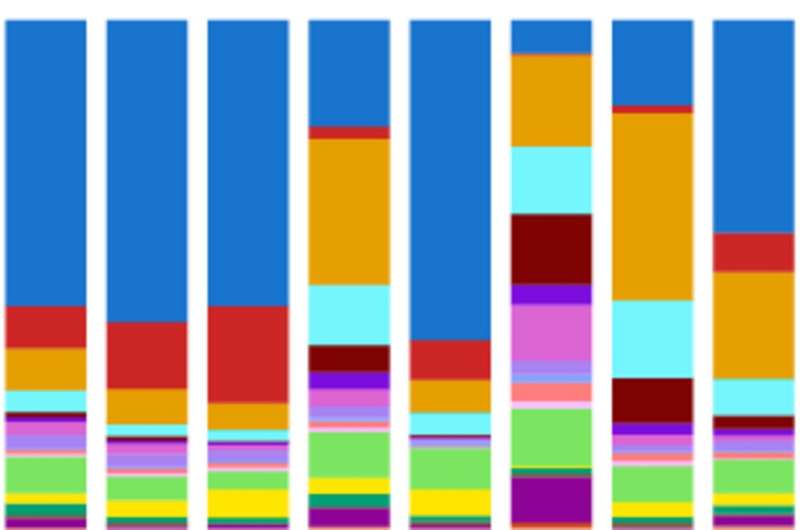
Researchers at the Whitehead Institute for Biomedical Research have developed an innovative tool called PEtracer that maps the lineage and spatial distribution of tumor cells. This advancement enables scientists to better understand the growth patterns of tumors, potentially offering new insights into cancer development and treatment strategies. The findings were published in the journal Science on July 24, 2025.
The concept of lineage tracing has been vital in studying cellular development, but the complexity of human cellular relationships posed significant challenges. Every cell in the human body, originating from a fertilized egg, is interconnected through a vast family tree. While simpler organisms, such as the worm C. elegans, have had their cellular lineage thoroughly mapped, human cellular structures remain much more intricate.
Under the guidance of Jonathan Weissman, a member of the Whitehead Institute and a professor of biology at the Massachusetts Institute of Technology, researchers have previously utilized lineage tracing methods to explore cellular relationships. Now, with the introduction of PEtracer, they have combined lineage tracing with spatial data, allowing them to observe how different factors influence tumor growth.
Combining Lineage Tracing with Spatial Data
The PEtracer tool tracks cell lineages by adding short, predetermined codes, known as lineage tracing marks, to the DNA of cells over time. Each mark, consisting of five DNA bases, is integrated using a gene editing technique called prime editing, which minimizes unwanted byproducts. As the cells divide, they accumulate these marks while retaining their ancestral lineage information.
“We designed PEtracer using computational modeling from the ground up,” said graduate student William Colgan. “We ran numerous simulations to establish optimal parameters for the new lineage tracing tool, ensuring its accuracy and compatibility with imaging technology.”
Once a tumor reaches a sufficient size, the researchers collect the tissue and employ advanced imaging techniques to analyze each cell’s lineage relationship, spatial position, and identity, determined by RNA expression levels. PEtracer’s compatibility with imaging and sequencing methods allows for the collection of vast amounts of data, facilitating more profound biological discoveries.
Understanding Tumor Growth Dynamics
By integrating lineage tracing, gene expression, and spatial data, the researchers gained insights into tumor development. Their analysis revealed that the tumors comprised four distinct regions, or neighborhoods, of cells. The cells nearest to the lung, the most nutrient-rich area, exhibited the highest rate of division, indicating greater fitness and a potential for more aggressive growth. In contrast, cells at the tumor’s leading edge were more diverse but less fit.
The study highlighted the importance of environmental factors on tumor behavior. Although cancer cells shared lineage traits, the conditions in their local environments significantly influenced their growth and characteristics. For instance, certain genes related to cell fitness, such as Fgf1/Fgfbp1, were expressed based on a cell’s location rather than its ancestry.
“By examining multiple dimensions of tumor biology, we uncovered insights that would not have been possible with a more limited approach,” noted researcher Kathryn Yost. This comprehensive understanding of tumor dynamics could lead to more effective therapies targeting the most aggressive cancer cell populations.
Weissman and his team expressed enthusiasm about the future applications of PEtracer. “Now that we’ve established this tool, we are eager to explore various biological questions, including embryonic development and other health-related issues,” said Luke Koblan. The data collected can also contribute to training artificial intelligence models to predict cellular behavior, promising further advancements in cancer research and treatment.
As researchers continue to refine their understanding of tumor biology through tools like PEtracer, the potential for significant contributions to cancer therapeutics remains strong, ultimately aiming to improve patient outcomes in the fight against cancer.






